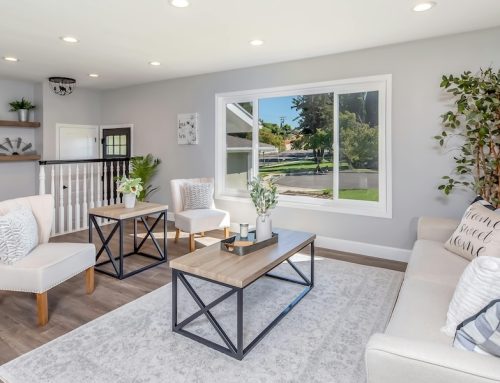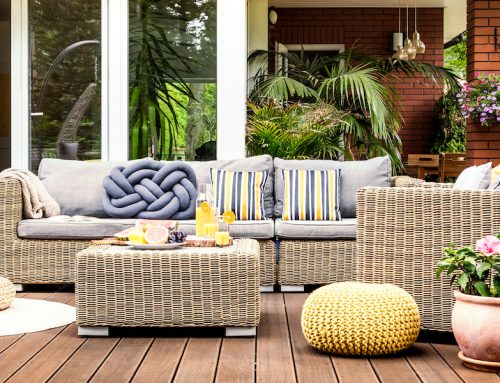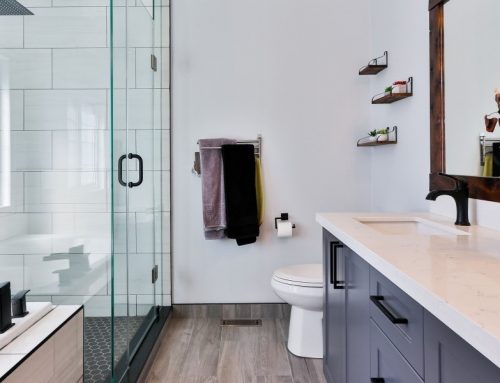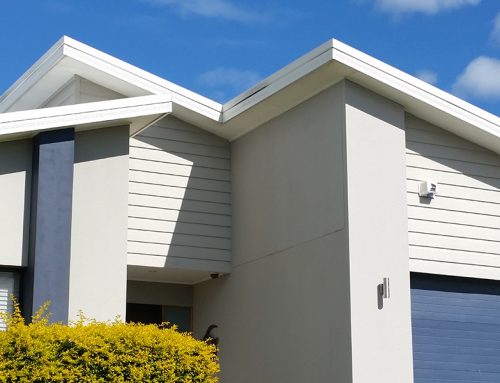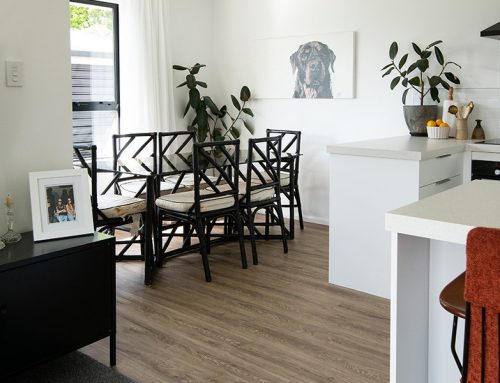W
e’ve seen first hand, a rise in homeowner interest for ‘granny flats’, and the government has announced they intend to make building one easier.
Known variously as granny flats, secondary dwellings, or minor residential units, these versatile structures aren’t just reserved for elderly relatives. They’re also a sure-fire way to extend family living, add rental income, downsize, and provide affordable housing solutions.
But how much really goes into planning a granny flat?
With the government’s announcement expected to make things easier, check out our quick and easy guide to get you started.
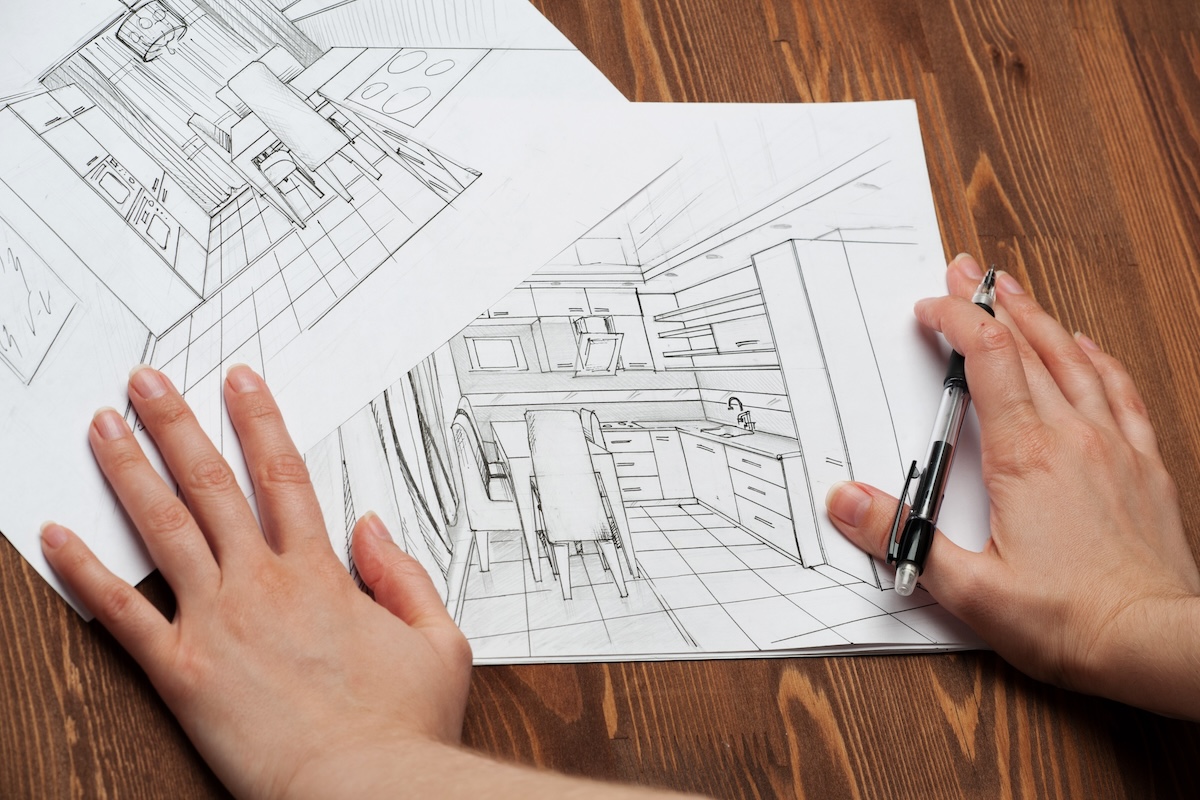
Government proposes to make building granny flats under 70 square metres easier.
Timeline of changes to granny flat consents
Live updates of the government’s policy change proposal:
October 2025 – Government has passed the legislation enabling granny flats to be built without a building consent. Read the MBIE update.
May 2025 – The Bill and regulatory changes continued progressing through Parliament, with expectations that the new rules would pass by the end of 2025 and come into effect in early 2026. (Building Performance). Note, this is still only a proposal.
April 2025 – The government formally announced proposals to make it easier to build granny flats, following last year’s public consultation. Plans were confirmed to increase the maximum size of granny flats exempt from building consent from 60m² to 70m², provided certain conditions are met.
January 2025 – The Building and Construction (Small Standalone Dwellings) Bill passed its first reading in Parliament, aiming to exempt granny flats up to 70m² from needing building consent.
August 2024 – The government announced details of a Bill and a new National Environmental Standard (NES) for Minor Residential Units (granny flats), as part of broader Resource Management Act (RMA) reforms.
Summary of what that means for you
The proposed building consent exemption will allow small standalone dwellings up to 70 square metres in size, commonly known as granny flats, to be built without a building consent if:
- It has a simple design and meets the Building Code
- Building work is carried out or supervised by licensed building professionals
- Homeowners notify their local council before they commence building and once it is completed.
The changes will look to manage the risk of building failure, ensure consumers are protected, fairly assign liability and avoid environmental risks, for example from natural hazards (Building Performance).
Any granny flats built before the new rules come into effect will not be exempt, so it is important to time your renovation correctly.
While you can’t start building a 70m² without consent, you can start planning. We’ve provided some advice below to get the ball rolling.
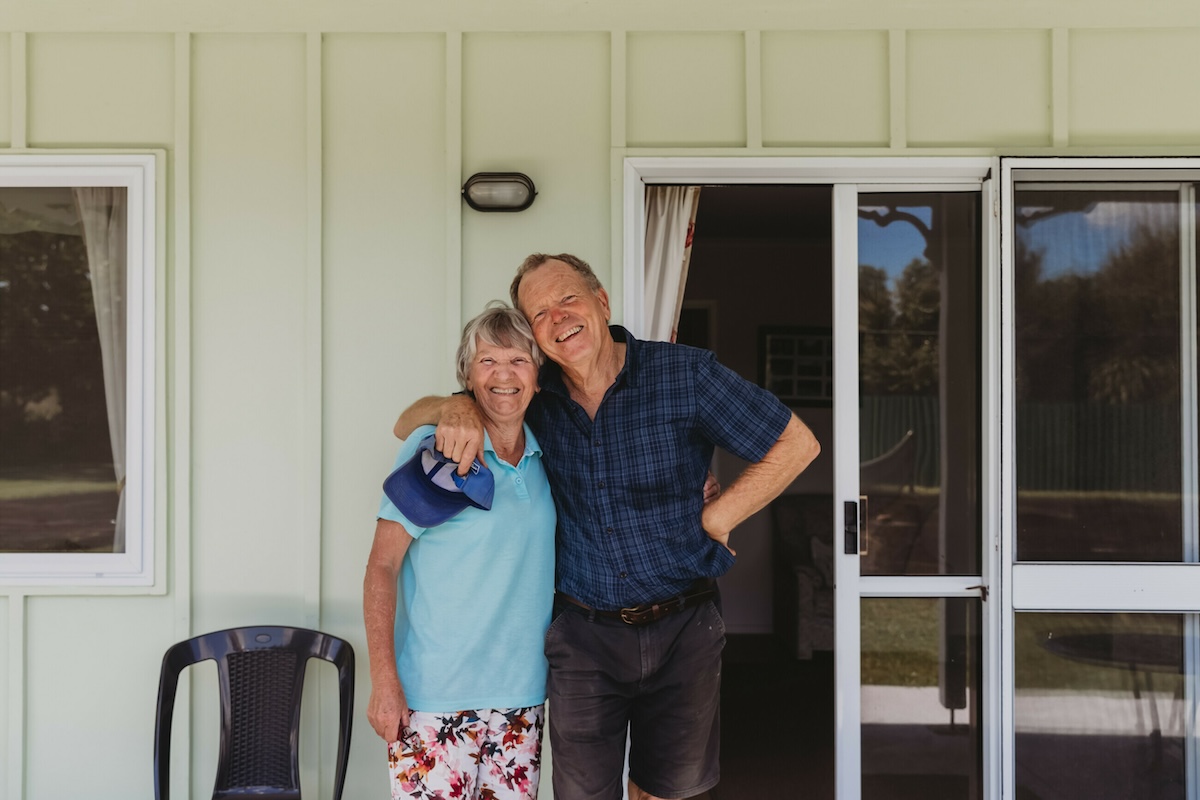
Granny flats are a great way to keep relatives close by.
Types of granny flats
‘Granny flat’ is a common term that describes a small, self-contained house, which may also be referred to as:
There are a few types of granny flats that you’ll find in New Zealand, but the most common are:

Planning a granny flat starts with consulting your local council. You can find them here.
Consents for granny flats
When planning to build a granny flat in New Zealand, it’s always important to understand and comply with local regulations, even with policy changes.
We’ll take you through a general overview of building and resource consents, zoning laws, setbacks and boundaries, and layouts and sizing.
Planning your granny flat
The government’s plan to liberalise ‘granny flat’ rules aim to save people time and money when they want to add a new liveable space (other than an extension) to their home. A standard consent can cost anywhere from $2,000 – $5,000.
If the exemption is finalised, building a granny flat up to 70 square metres could no longer need a building or resource consent, as long as it meets a certain criteria.
“Regardless of whether building work is exempt from a building consent or not, all building work must comply with the New Zealand Building Code” – MBIE.
It’s important to consider that new dwellings may still need consent if the council requires proof of adequate infrastructure such as drainage, water and waste.
Granny flats also fall under the Residential Tenancies Act (RTA) and will need to meet the Healthy Homes Standards.
Zoning laws for granny flats
Zoning in New Zealand determines what you can build on your property. These laws vary by region and are outlined in district plans managed by local councils.
A national environmental standard (NES) is in discussion to permit a granny flat on site in rural and residential zones without resource consent.
Here’s a breakdown of different zone types in New Zealand:
Setbacks and boundaries for granny flats
Setbacks and boundary rules determine how close your granny flat can be to the property boundaries and other buildings.
Front yard setback: Minimum distance from the front boundary to the building.
Side and rear yard setbacks: Minimum distance from the side and rear boundaries.
Height restrictions: Some councils have height-to-boundary rules to ensure the granny flat doesn’t overshadow neighbouring properties.
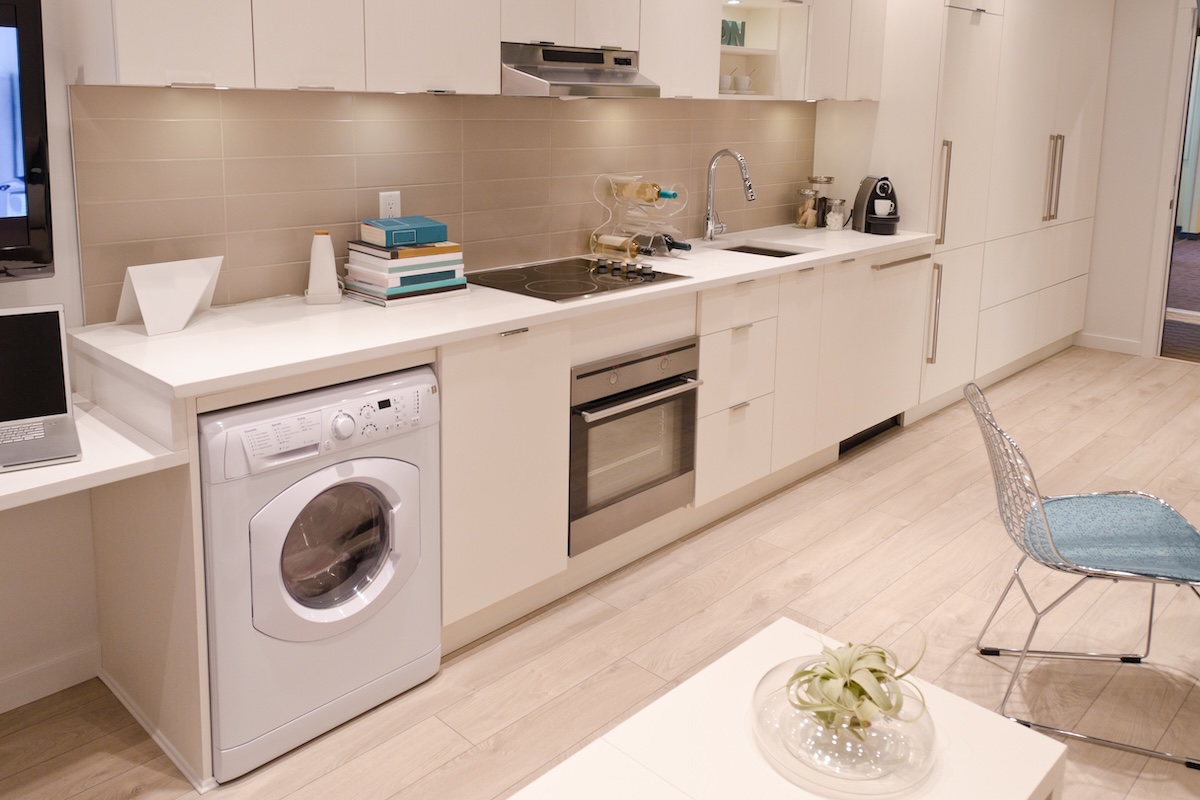
Make the most of your granny flat space with a well designed kitchenette.
Trade professionals that can build granny flats
Here’s a core list of the trade professionals you might need for your granny flat project, and what they specialise in:
Licensed Building Practitioners (LBPs)
LBPs are building practitioners who have been assessed as competent to carry out building work essential to the structure or weathertightness of residential buildings.
The proposed criteria for building a 70 square metre granny flat with consent requires the building work to be carried out or supervised by a LBP. For any renovation that involves Restricted Building Work (RBW), you must also engage a LBP.
The Difference Between a Builder with a Qualification, Licence or Membership

Following the policy changes, granny flat rules will still differ in each area.
Size and layout of a granny flat
Designing the size and layout of your granny flat in New Zealand is a balancing act between functionality, comfort, and compliance with local regulations.
An architect, designer or draughtsperson who is familiar with your local requirements can help you achieve the best results when it comes to size and layout, while a licensed builder can help you execute it with high quality workmanship.
Discuss the following factors with your chosen professional to create a space that meets your needs and adds value to your property, including:
Budgeting for a granny flat
Costs will vary depending on the size and specifications of your granny flat, and who you want to hire to carry out the project.
Here’s a few questions you can ask yourself when determining what to factor into your budget:

Granny flats: A balance between functionality, comfort, and compliance with local regulations.
Expert Insight on Granny Flats
We asked Lewi from Wellington City Renovations what he thought about the proposed policy changes, as he is a LBP.
“A lot of the homeowners looking to build a granny flat are in high density areas – it’s a major reason behind why they want a granny flat,” Lewi says.
“Though it’s a great idea from the government, which will lift some limitations going forward, I think there will still be a number of restrictions on where and how you can build them.
“The need for consent will ultimately be determined by boundaries and regulations specific to your area, which will be different in both rural and residential areas.”
Lewi’s first piece of advice when planning a granny flat is to update yourself on your local councils rules and regulations through their website, and consult with their team if you’re still unsure.
“This can help save you time, energy and money, if you find out you’re not actually able to build an unconsented dwelling on your property, or if you find there are more parameters that need to be met,” Lewi says.
When deciding whether to hire a designer, architect, draughtsman, or Licensed Building Practitioner, Lewi says it really comes down to your budget.
“If someone wants to build a box studio or office with a simple design, then they typically won’t need a designer or architect. Licensed Building Practitioners will follow New Zealand building regulations and standards and build it within the standard design,” Lewi says.
“However, if they want something that’s a little bit more characteristic or more than just a box room, go for at least a draughtsperson.”
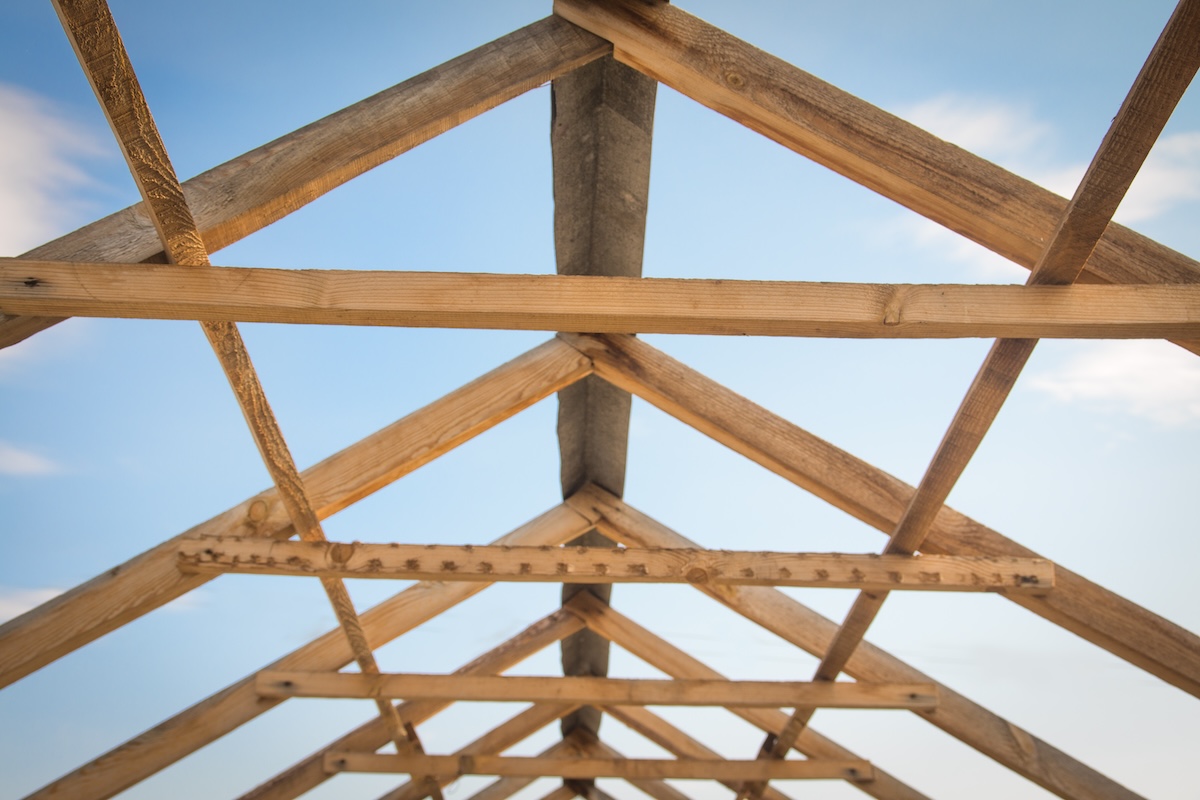
Evaluate your needs, financial situation, and long-term goals.
Granny Flats vs Selling vs Extending: The Pros and Cons
Now that you have a few things to get planning, you might be wondering whether you should upgrade your space with a granny flat, move out, or find another solution.
In the end, deciding whether to sell your house, build an extension, or add a granny flat comes down to evaluating your needs, financial situation, and long-term goals.
But to help you weigh up your options, here are some pros and cons of each.
Selling your house
| Pros | Cons |
|---|---|
|
|
Doing an extension or alteration
| Pros | Cons |
|---|---|
|
|
Adding a granny flat
| Pros | Cons |
|---|---|
|
|

Granny flats are a great solution for homeowners across New Zealand.
To wrap up
With growing interest in granny flats, it’s clear that these versatile, self-contained units are a good investment for those who need it, while simultaneously providing solutions for New Zealand’s current housing issues.
Alongside our network of experienced tradies, we hope this article has helped you navigate your next steps, from understanding different types of granny flats, to budgeting, to local regulations.
A big thank you to Lewi From Wellington City Renovations for sharing his expert insight into the latest policy changes and which tradies you might need for your granny flat project.
